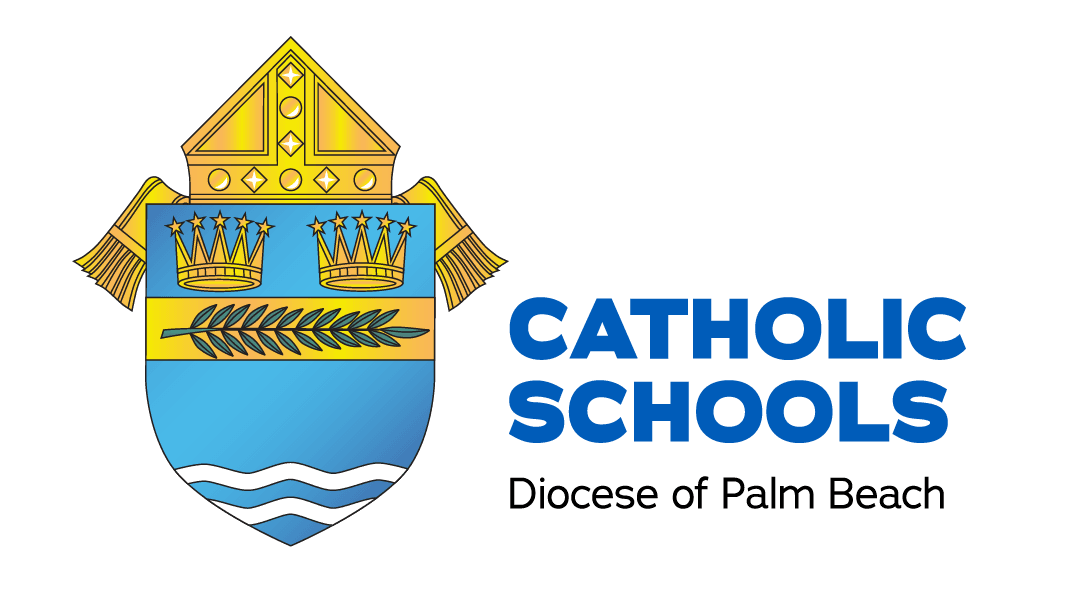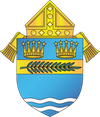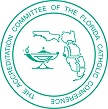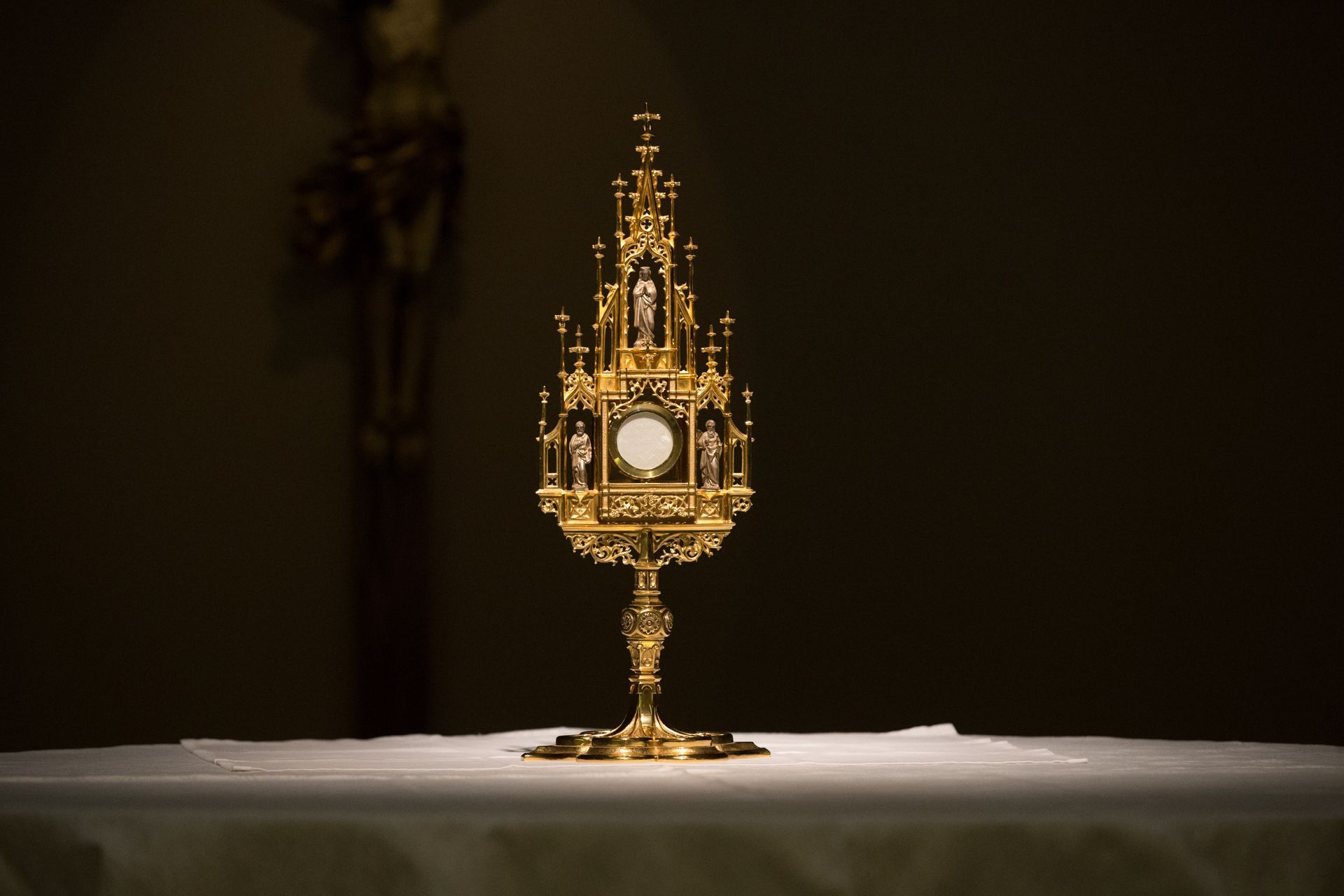
As we continue our years of Eucharistic Revival in the Catholic Church today holds an especially meaningful place in the Church in this time. Take time to dive deeply into the mystery of the Eucharist and give your heart over to Christ united in His body.
See the following links for more information about this powerful Sacrament, the current phase of the Eucharistic Revival, National Eucharistic Congress and National Eucharistic Pilgrimage.
The Catechism of the Catholic Church describes for us the Eucharist (Body of Christ)
I. THE EUCHARIST - SOURCE AND SUMMIT OF ECCLESIAL LIFE
1324 The Eucharist is "the source and summit of the Christian life."136 "The other sacraments, and indeed all ecclesiastical ministries and works of the apostolate, are bound up with the Eucharist and are oriented toward it. For in the blessed Eucharist is contained the whole spiritual good of the Church, namely Christ himself, our Pasch."137
1325 "The Eucharist is the efficacious sign and sublime cause of that communion in the divine life and that unity of the People of God by which the Church is kept in being. It is the culmination both of God's action sanctifying the world in Christ and of the worship men offer to Christ and through him to the Father in the Holy Spirit."138
Reflection from Vatican News:
Faith in God, Father, Son and Holy Spirit (Trinity), is not a distant and unattainable experience. Instead, it is as near since it is perennially “broken” for us: This is my Body… This is my blood.”
In 1207, a Belgian Augustinian nun, Giuliana di Cornillon, who had just turned fifteen, had a vision of a full moon with a dark spot sullying it. Contemporary experts interpreted it thus: the full moon symbolized the Church, the dark spot was the absence of a specific feast in honour of the Body of the Eucharistic Jesus. The following year, the same religious had an even clearer vision, but had to fight hard to get the feast instituted. She succeeded only at the diocesan level, when Robert de Thourette became bishop of Liège in 1247. In 1261, the former archdeacon of Liège, Jacques Panteléon, became Pope Urban IV. In 1264, impressed by a Eucharistic miracle that had taken place in Bolsena, near Orvieto in Italy where he was residing, he promulgated the bull Transiturus through which he instituted a new solemnity to be celebrated the Thursday after the Octave of Pentecost in honour of the Blessed Sacrament. Thomas Aquinas was given the task of composing the liturgical office. The last strophe of the hymns very famous hymn he wrote, Sacris Solemniis, which begins with the words Panis angelicus (Bread of angels), has often been set to different musical scores, apart from the rest of the hymn. Since Pope Urban IV died two months after having instituted the feast, the bull was never implemented, but Pope Clement V, the first Avignon Pope (1312), confirmed it later.
The now traditional procession of Corpus Christi was introduced by Pope John XXII in 1316. During his pastoral visit to Orvieto, Saint John Paul II said: “Even though the construction of this cathedral was not directly connected with the Solemnity of ‘Corpus Christi’, instituted by Pope Urban IV with the bull Transiturus, in 1264, nor with the miracle that took place in Bolsena the previous year, there is no doubt that the Eucharistic miracle is powerfully evidenced here due to the corporal of Bolsena for which the chapel was specifically built and which it now jealously guards. Since then, the city of Orvieto became known throughout the world due to that miraculous sign that reminds all of us of the merciful love of God who becomes the food and drink of salvation for humanity on its early pilgrimage. Because of the cult rendered to such a great mystery, your city preserves and nourishes the inextinguishable flame” (17 June 1990).
